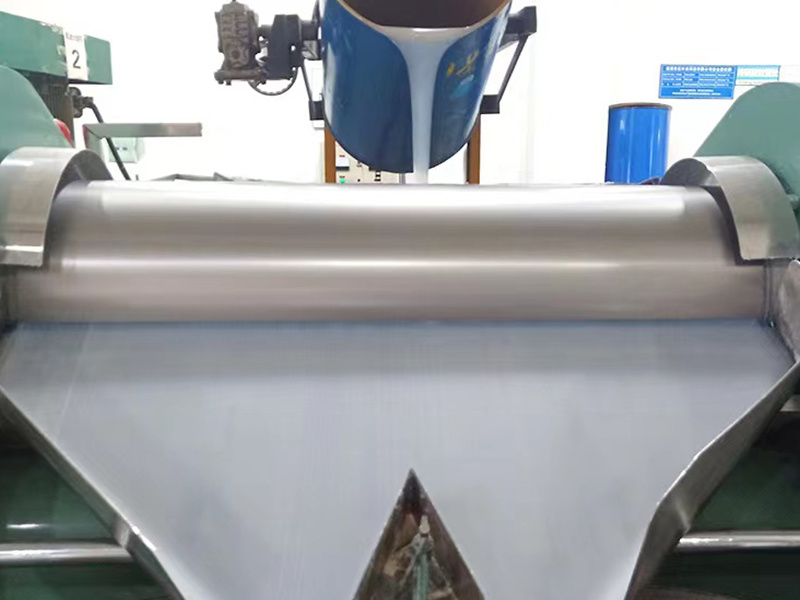Why does food-grade silicone appear sticky on the surface or not cure properly?
Nov 19,2024

With the progress of the times and the improvement of people's living standards, the public's requirements for food are no longer just about filling their stomachs. Nowadays, various delicacies not only taste good but also have lifelike shapes, with the most common being cakes from cake shops, candies, and chocolates from candy stores.
How are these aesthetically pleasing foods made? The editor interviewed some cake shops and candy stores, and their feedback was that they use food-grade silicone to make molds for these products.
Please note that silicone molds must be food-grade. They must be made from food-grade silicone.
According to feedback from many business owners who use food-grade silicone for molds, they encountered many problems in the early stages of using food-grade silicone, the most common being that the surface of the molds became sticky or simply did not cure.
After various attempts and consultations with suppliers in the silicone industry, especially after switching to Jiajinghong silicone, this problem has been resolved.
According to Jiajinghong's supplier -- Jiajinghong technicians confirmed that the main reasons for food-grade silicone not curing or having a sticky surface are as follows:
The curing temperature of food silicone is too low.
The AB components of food silicone were not mixed according to the specified ratio.
The mixing process was not thorough.
The mixing container or stirring tools were not clean.
The surface of the original mold was not treated (especially if the original mold contains heavy metal elements or contains nitrogen, sulfur, phosphorus, tin, arsenic, mercury, lead, etc.).
The material of the original mold is polyurethane resin.

















